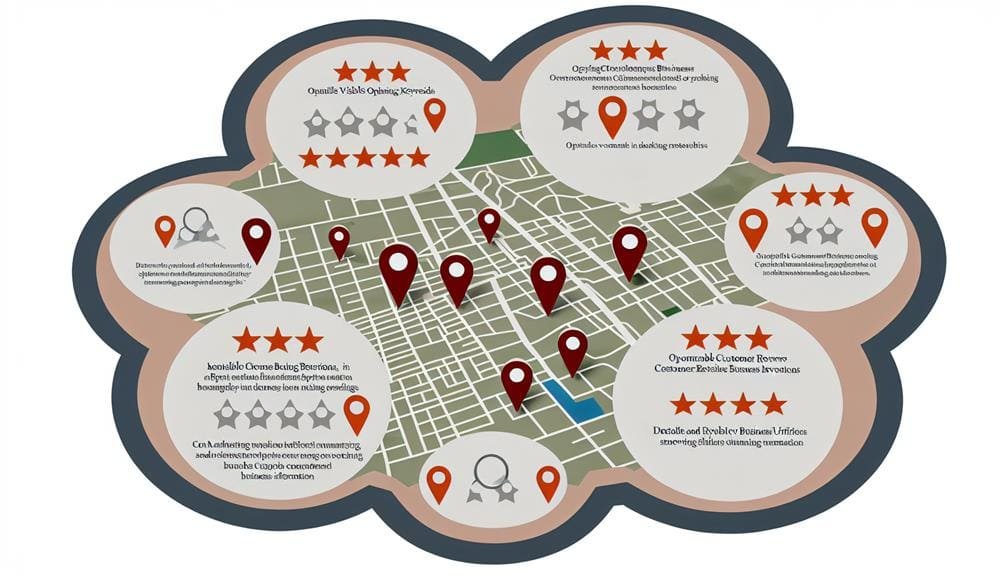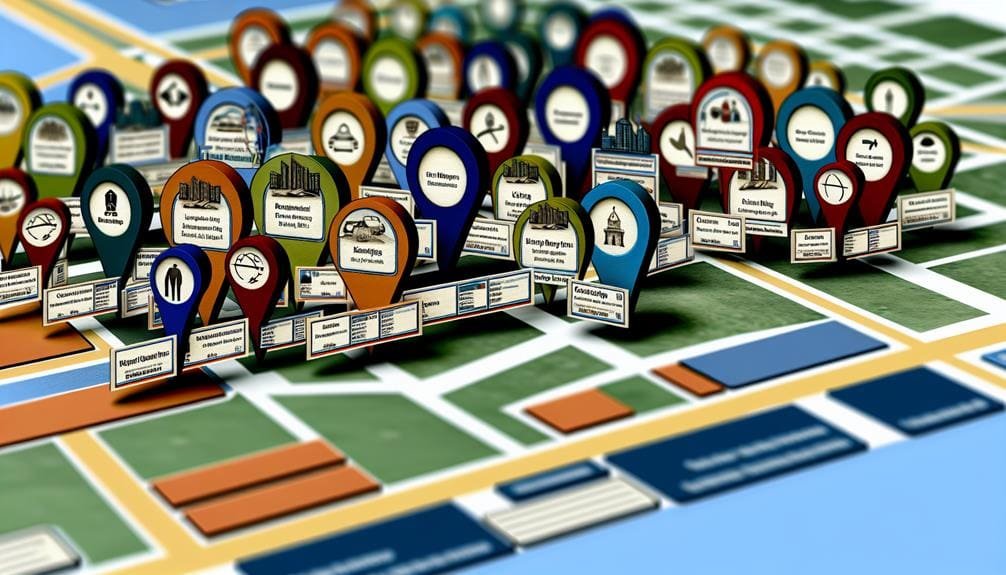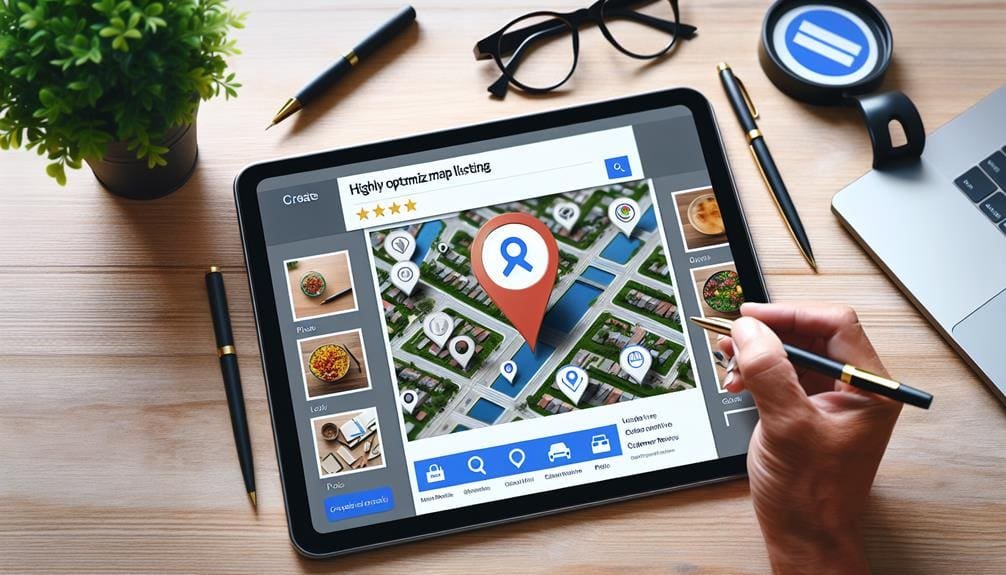Map Listing SEO Services
What Are the Top Map Listing Optimization Strategies?
March 23, 2024 | by Jacob Cavazos
Maximize Visibility With Local Map Listing Optimization
March 21, 2024 | by Jacob Cavazos
5 Best Strategies to Climb Local Map Listings
March 19, 2024 | by Jacob Cavazos
What Are the Top Map Listing Optimization Tips?
March 6, 2024 | by Jacob Cavazos
Why Is Your Service Area Not Ranking on Maps?
March 4, 2024 | by Jacob Cavazos
8 Best Tactics for Elevating Map SEO Presence
February 29, 2024 | by Jacob Cavazos
Optimizing Map Listings for Improved SEO Results
February 22, 2024 | by Jacob Cavazos
What Drives Success in Franchise Map Listing Optimization?
February 18, 2024 | by Jacob Cavazos
11 Strategies for Optimizing Custom Map Listings
February 10, 2024 | by Jacob Cavazos
10 Best Tactics to Climb Google Maps Rankings
February 4, 2024 | by Jacob Cavazos
9 Proven Strategies for Google Maps Listing Success
January 23, 2024 | by Jacob Cavazos
Enhance Your Map Listings for Greater Visibility
January 17, 2024 | by Jacob Cavazos
7 Strategies to Elevate Your Map Search Presence
January 17, 2024 | by Jacob Cavazos
What Does Your Business Gain From Custom Map Listings?
January 16, 2024 | by Jacob Cavazos
Local Map Listing Optimization: Your Ultimate Guide
January 15, 2024 | by Jacob Cavazos
Strategies to Triumph in Map Listings Domination
January 15, 2024 | by Jacob Cavazos
Optimize Your Map Listing With Expert Techniques
January 13, 2024 | by Jacob Cavazos
5 Best Strategies for Up-to-Date Map SEO
January 12, 2024 | by Jacob Cavazos
3 Key Strategies to Elevate Map Listing SEO
January 11, 2024 | by Jacob Cavazos
15 Strategies to Boost Map Listing SEO Relevance
January 11, 2024 | by Jacob Cavazos




















